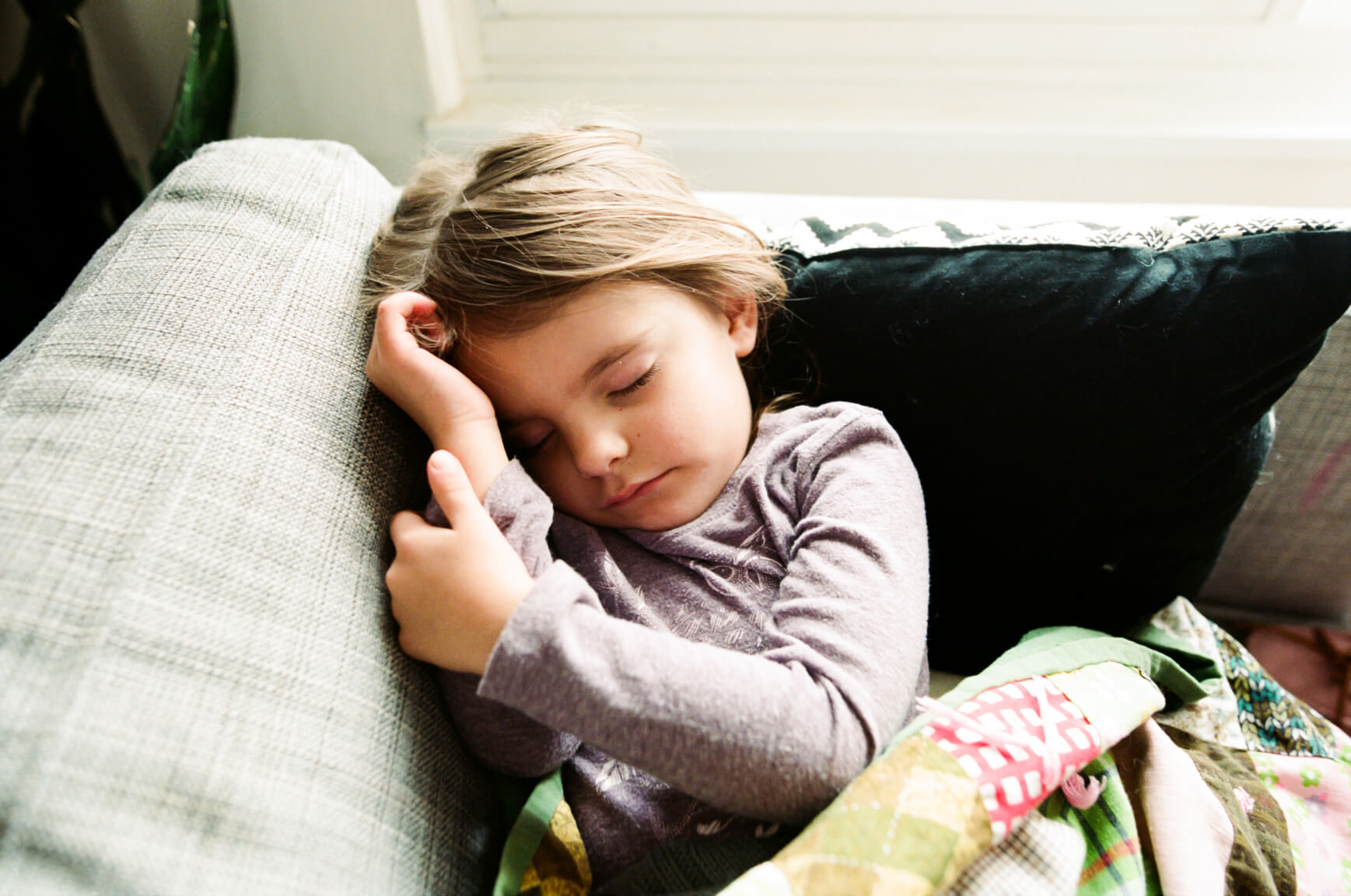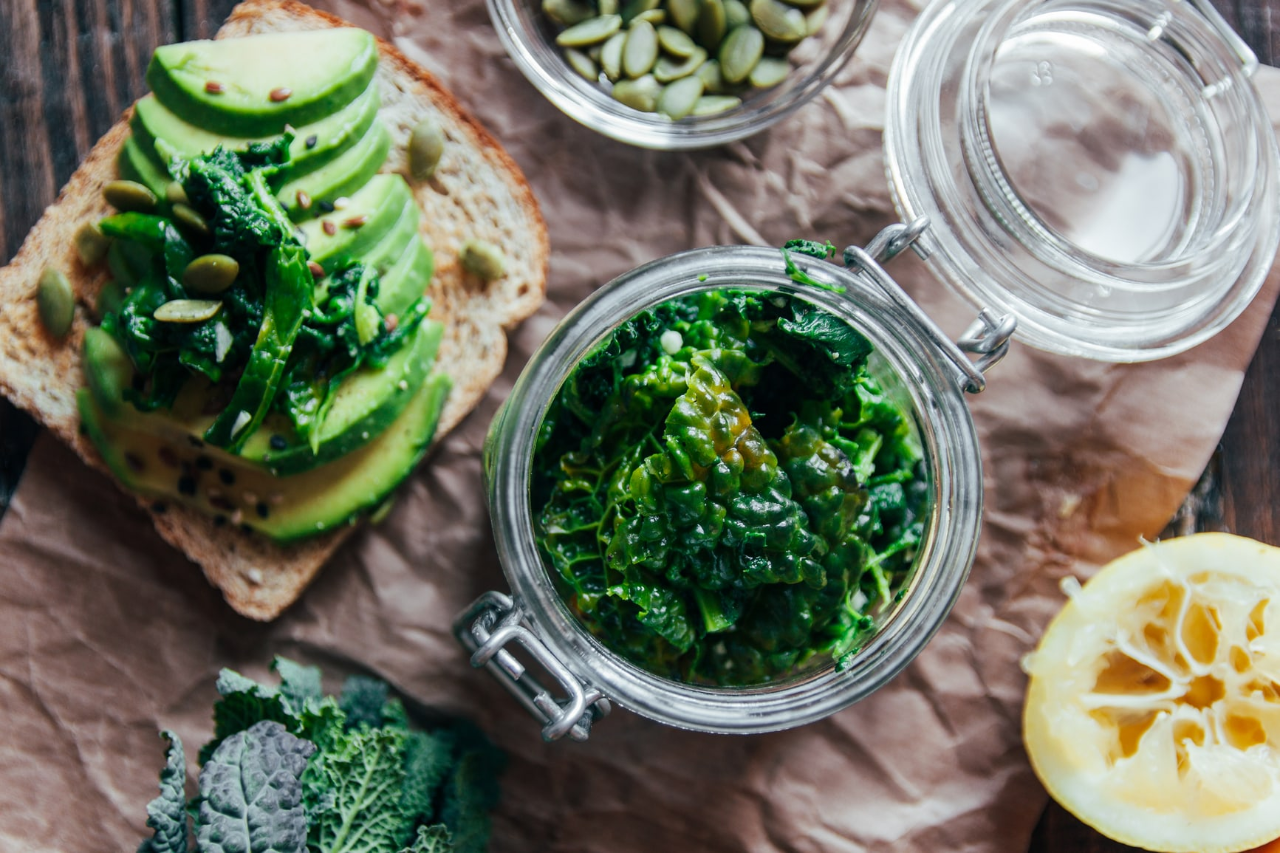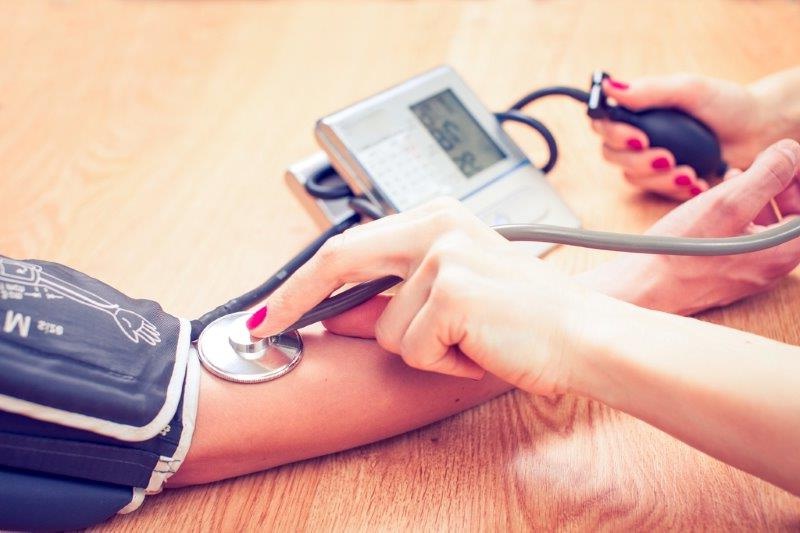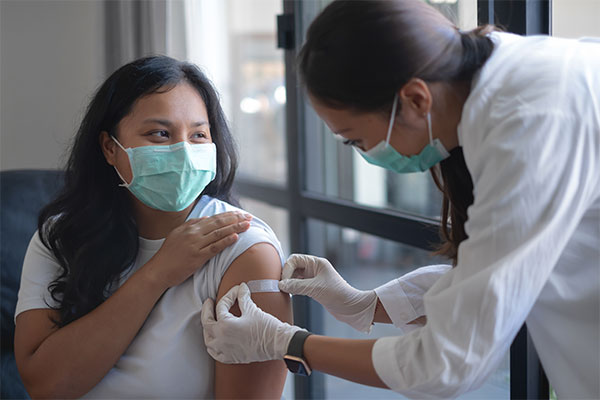-
An estimated 650 children aged 14 years or younger were diagnosed with cancer in 2016. Read on to find out what causes childhood cancers, and their signs and symptoms.
What causes childhood cancer?
The simple answer is: we don’t know. Generally, children are simply too young to have been exposed to harmful lifestyle risks, like smoking or diet choices that are associated with some adult cancers. We do know that in some cases childhood tumours develop as a result of a genetic error.
How does childhood cancer differ from adult cancer?
Childhood cancers are generally quite different from adult cancers. They tend to occur in fast growing tissue such as blood, lymph, bone marrow, nervous tissue and bones. Cancer treatments and responses to these treatments can also differ between children and adults; for example, children often respond better to chemotherapy than adults. According to the Australian Institute of Health and Welfare, just over 80% of children who are diagnosed with cancer will survive five years from diagnosis. But it is important to keep in mind that survival rates differ depending on the type of cancer and a range of other factors.
What are some of the most common childhood cancers?
- Leukaemia is the most commonly diagnosed type of cancer in children. Leukaemia affects the bone marrow and the blood. In this cancer, lymphocytes, also known as white blood cells, don’t function properly and don’t fight infections like they should. People with leukaemia have too many of these poorly-functioning white blood cells, which can overcrowd the bone marrow and prevent the body from producing enough normal red blood cells, white blood cells and platelets.
- Brain and central nervous system tumours are also common childhood cancers. They occur when abnormal cells in these organs grow in an uncontrolled way. Around half of all children diagnosed with brain cancer will survive, but as with any cancer, prognosis depends on a number of factors including the type of tumour and whether it has spread to other parts of the body.
- Non-Hodgkin lymphoma is a cancer of the lymphatic system, which is part of the immune system. The lymphatic system carries white blood cells, also known as lymphocytes, throughout the body and stores them in lymph nodes. In non-Hodgkin lymphoma abnormal white blood cells travel through the body and form tumours in the lymph nodes, and other parts of the body connected to the lymphatic system.
Symptoms to watch out for
Childhood cancer can take many forms, each with different symptoms. They can be difficult to spot, as many of the symptoms are similar to more common, less serious issues like cold or flu. Some symptoms to watch out for include:
- Bruising and swelling: Easy bruising, or bruising that doesn’t go away, unusual lumps, bumps or swelling.
- General health: Unexplained paleness, tiredness, loss of energy and loss of interest in things, weight loss, fever or illness that doesn’t go away.
- Pain: In one area of the body that doesn’t go away, or that wakes them in the night.
- Limping and difficulties moving around: Toddlers may be reluctant to bear weight or stop walking.
- Headaches: Frequent headaches, often with nausea or vomiting.
- Eyesight changes: Such as blurred vision.
While it’s worth knowing the symptoms to watch out for, having one or more of these symptoms does not necessarily mean your child has cancer. In the vast majority of cases, these symptoms are a result of much more common and less serious illnesses. However, if your child does experience these symptoms and they don’t go away quickly on their own, it’s important to see your GP.
It’s also important to remember that childhood cancer is relatively rare - an estimated 650 cases of childhood cancer are diagnosed each year, compared to 17,750 breast cancer diagnoses.
If you’d like to learn more about common cancers in Australia, including risks, symptoms, diagnosis and treatment, visit Common Cancers Explained.
Shining a light on childhood cancer

More information https://childrenscancer.canceraustralia.gov.au/
-
Am I just worried, or is it anxiety?
Understand what’s healthy when it comes to feeling anxious.
-
Where to get health support in Australia
An Overseas Student Health Cover member’s guide to key health services and when to use them.
-
How can Australian pharmacies help you?
What can you buy at a pharmacy? Do you need a prescription? Can pharmacists identify health conditions? Everything international students need to know about pharmacies in Australia.
-
How to prevent type 2 diabetes with diet
Diet plays an important role in the prevention and management of type 2 diabetes. Here’s what you should and shouldn’t eat.
-
High blood pressure: how health cover can help
Put your health cover to use
-
Why you should get the 2023 flu vaccine
More than three years on from the start of the COVID-19 pandemic, getting a flu jab this winter is even more important. Here’s why.
Subscribe to receive the best from Live Better every week. Healthy recipes, exercise tips and activities, offers and promotions – everything to help you eat, move and feel better.
By clicking sign up I understand and agree to Medibank's privacy policy






